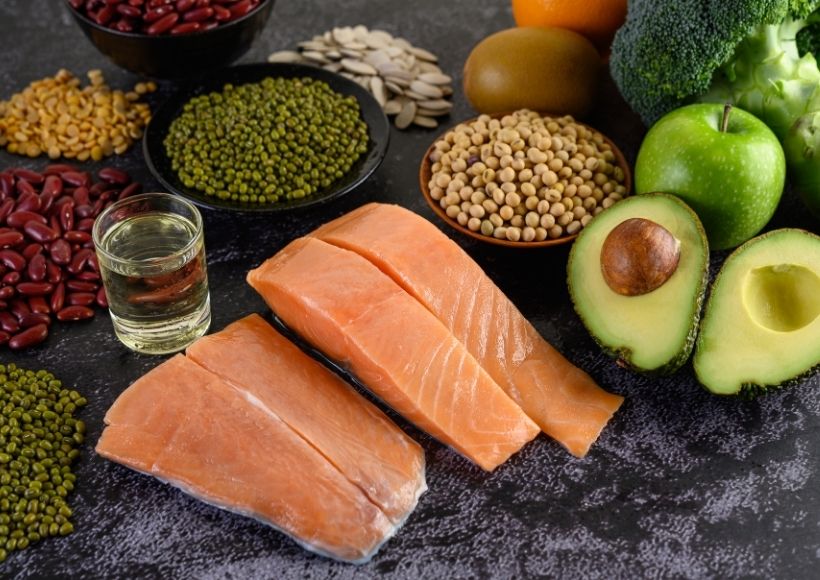For a long time, vitamin D was considered to be the substance that protects grandma from breaking legs and children from rickets. It can also prevent cancer and heart attacks.
Square skull, bow legs, sunken chest. Anyone who survives rickets as a child remains scarred for life. The most common cause of this growth disorder of the bones is a massive deficiency in vitamin D.
It has long been known that the vitamin promotes calcium absorption from food and the incorporation of the mineral into the bones. The body itself conveniently produces most of the important nutrients in the skin. However, this requires short-wave UV-B radiation from sunlight. Babies and small children who are not supposed to be exposed to direct sun are therefore prophylactically put small, white tablets into their mouths. Elderly people also swallow vitamin D as it can prevent osteoporosis.
But apparently, the vitamin does a lot more. Scientists now believe that it acts as a kind of central chemical switch in the body. Vitamin D is related to powerful hormones like testosterone and estrogen. Receptors to which the vitamin docks in order to transmit chemical messages have been found in more than 30 tissues.
The Body’s Own Antibiotics
More than 1000 genes are known that are activated by vitamin D in order to then produce countless proteins in turn. For example, vitamin D can influence the immune system’s defense cells so that they produce more of the body’s own antibiotics against bacteria. At the same time, there is increasing evidence that an undersupply of the vitamin can increase the risk of serious illnesses. Just a few weeks ago, two studies from Austria and the USA were published, according to which a low blood level of vitamin D increases the risk of cardiovascular diseases.
Other studies show a connection between too little vitamin D in the blood and tumors in the breast, prostate or intestine. Jörg Reichrath, senior physician in charge of the Department of Dermatology at the Saarland University Hospital, and his colleagues are researching the anti-cancer effect of the substance on cell cultures and in animal experiments: “The effect is most likely due to the fact that vitamin D inhibits uncontrolled cell division and thus the development of cancer cells counteracts.
Vitamin D Supplements In Winter
However: Even the DGE recommendations, which were primarily calculated for the prevention of bone diseases, have not been met by a large part of the population for years. For one thing, there are not too many foods that contain significant amounts of vitamin D – high-fat fish such as herring, salmon or mackerel are among them, while smaller amounts are found in milk or egg yolks. In addition, the UV-B values are so low in winter that the skin can produce little or no vitamin D.
So off in the blazing sun or on the sunbed? There will be no license for summer UV excesses in the future either, says dermatologist Jörg Reichrath: “Extended sunbathing increases the risk of skin cancer and only increases the vitamin D level in the blood for a short time.” It is better to spend short periods in the sun regularly from spring to autumn, for example taking a short walk during the lunch break.
We also advise: “If you are skin type II, i.e. have light skin, you should regularly expose your face and hands to the sun for 15 minutes in the summer. Without sunscreen, mind you.” But you should never risk reddened skin, and young children still don’t belong in the sun unprotected.
In winter or when you are practically only sitting in the office, you should rather use a vitamin D preparation “than exposing yourself to more intense radiation in the solarium than at noon at the equator”. Anyone who is unsure whether they need such a remedy or if they suffer from cardiovascular disease such as high blood pressure should speak to their doctor first. So far, experts feared that excessive consumption of the tablets, which are also available for sale, could lead to organ calcification.
Also Read : The Importance Of The Nutritionist

